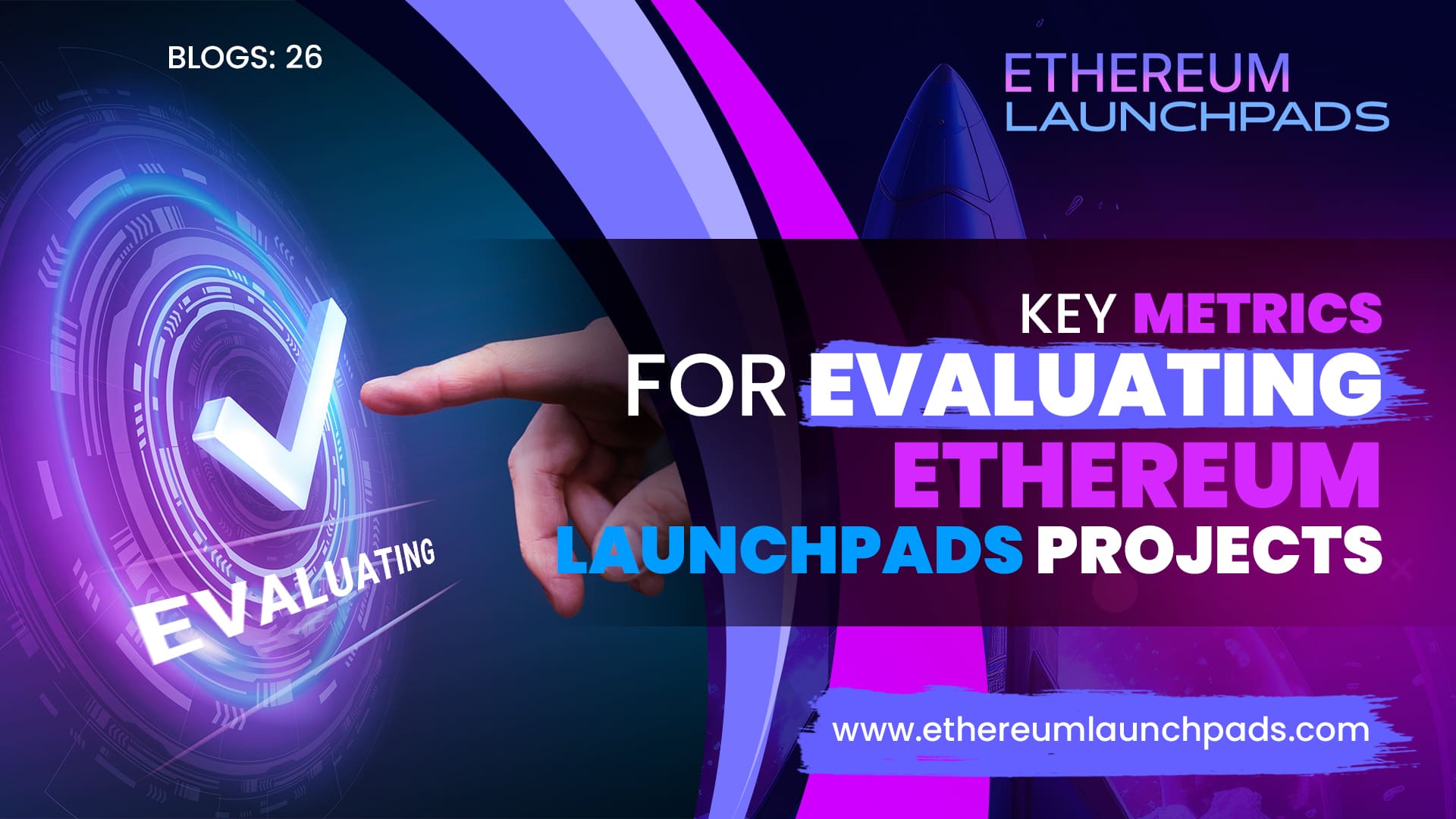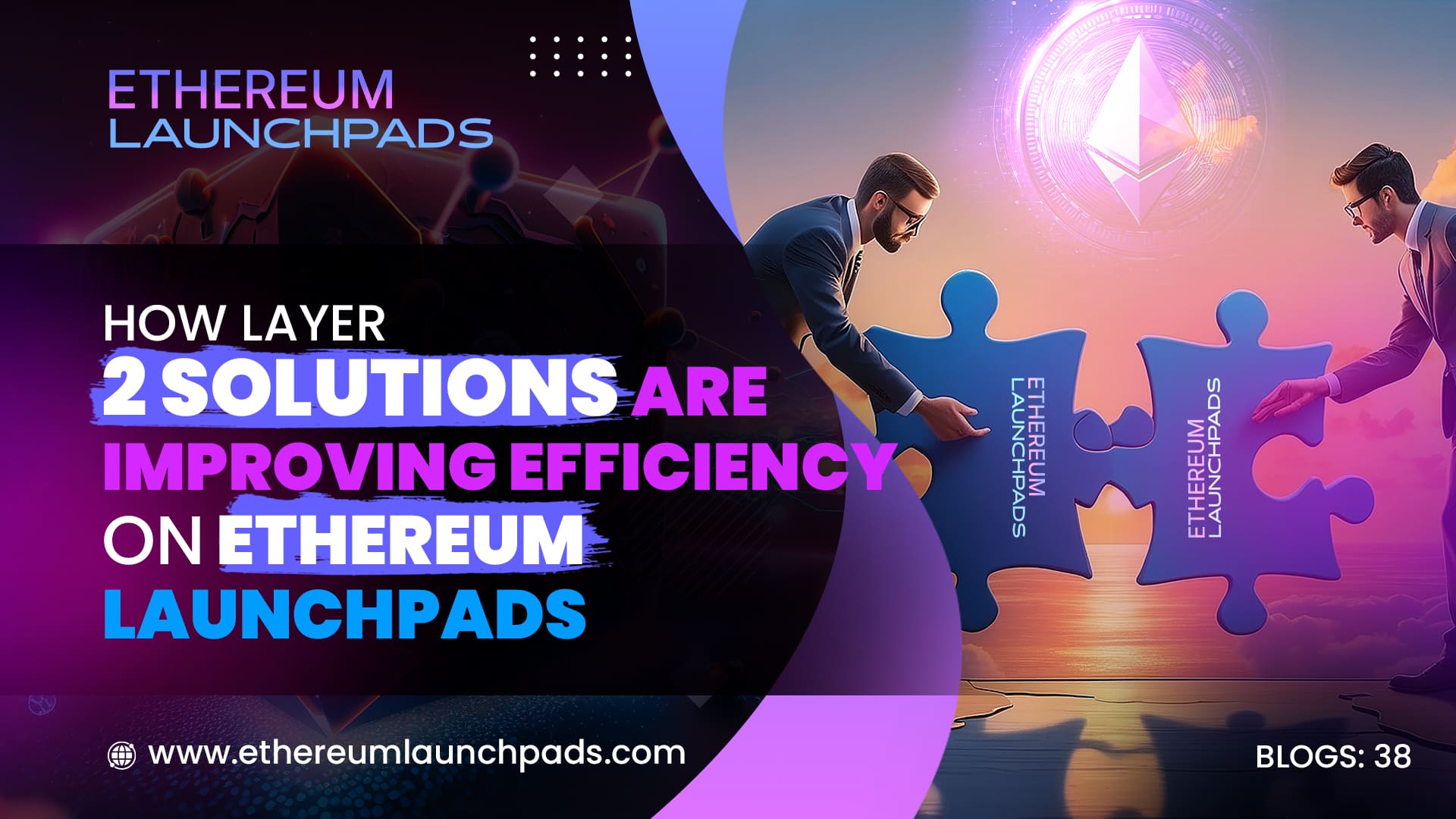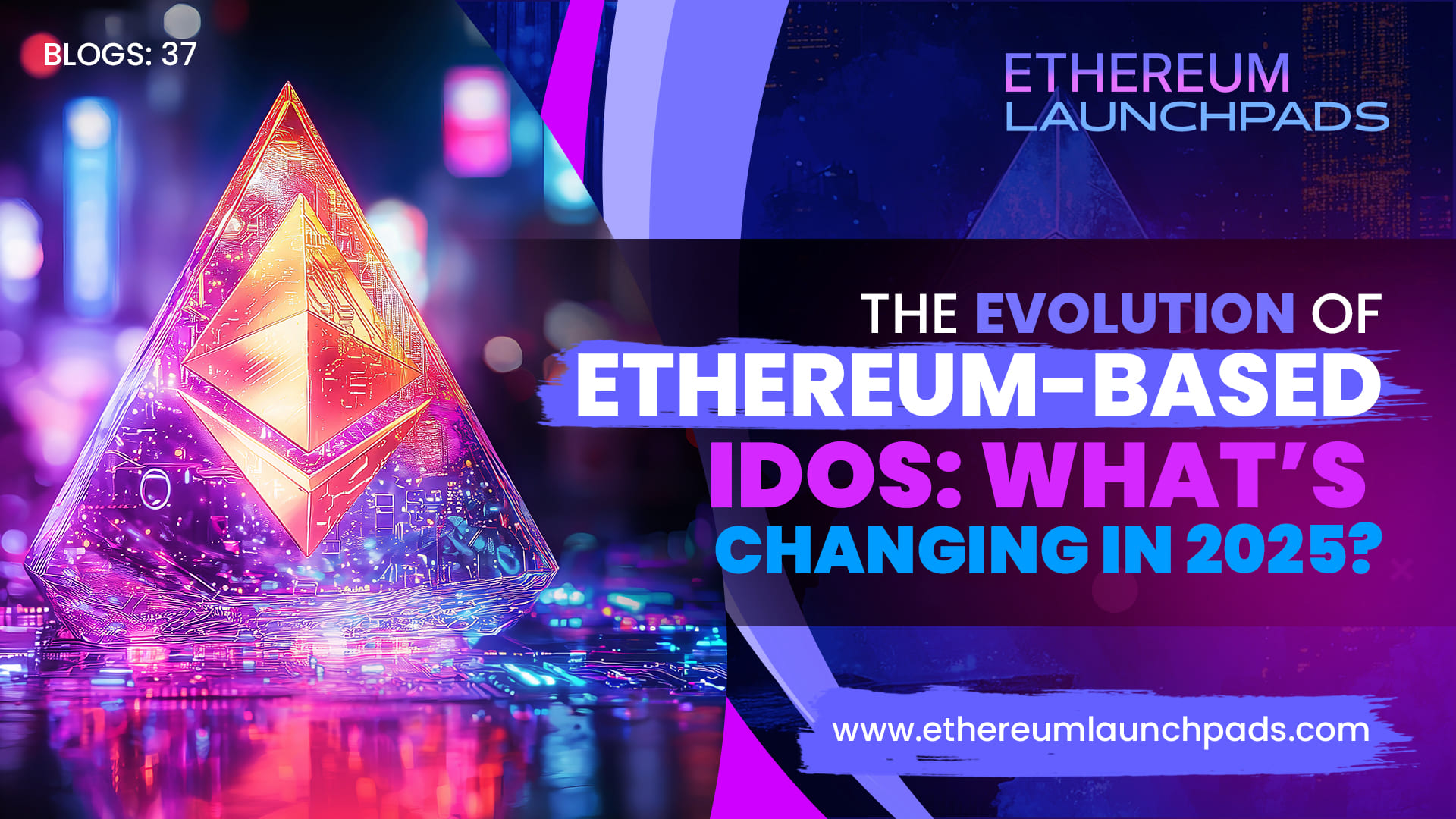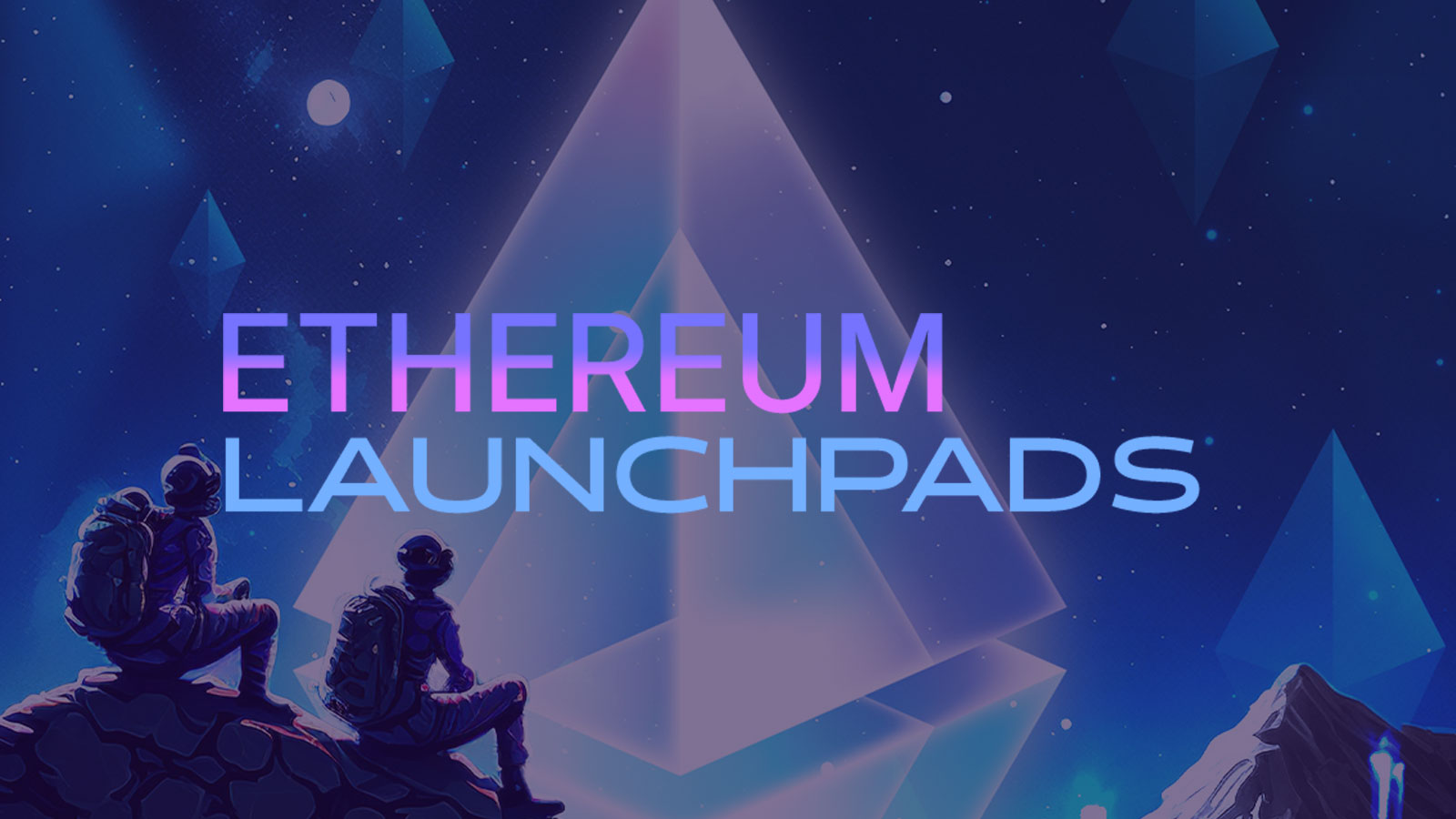January 27, 2025
Key Metrics for Evaluating Ethereum Launchpad Projects
As the blockchain ecosystem continues to expand, Ethereum launchpad projects have become critical gateways for new token launches and decentralized finance (DeFi) innovations. However, with a plethora of projects vying for attention, investors and developers must employ a robust set of metrics to evaluate the potential and viability of these initiatives. This guide explores the key metrics that can help you assess Ethereum launchpad projects effectively.
1. Project Fundamentals
Team Expertise and Background
- Experience: Evaluate the founders’ and team members’ backgrounds in blockchain, technology, and entrepreneurship.
- Transparency: Look for detailed profiles, past projects, and industry recognition that demonstrate credibility.
Whitepaper and Roadmap
- Clarity: The whitepaper should provide clear explanations of the project’s purpose, technology, and use cases.
- Feasibility: A well-defined roadmap with realistic milestones indicates the team’s commitment and planning capabilities.
2. Tokenomics and Financial Metrics
Token Supply and Distribution
- Circulating vs. Total Supply: Analyze how tokens are allocated among the team, investors, and community. A balanced distribution reduces the risk of market manipulation.
- Vesting Periods: Longer vesting schedules for team and advisors can signal a commitment to long-term project success.
Utility and Demand
- Use Case: Assess how the token integrates into the project’s ecosystem and whether it has clear utility.
- Incentives: Consider the rewards or staking mechanisms that encourage holding and active participation.
Fundraising and Capital Allocation
- Investment Rounds: Review the amount raised during private and public sales to gauge investor confidence.
- Budget Allocation: Check how funds are planned to be used—whether it’s for development, marketing, or community building.
3. Community and Market Engagement
Community Size and Activity
- Social Media Presence: Active engagement on platforms like Twitter, Telegram, and Discord can be a strong indicator of community support.
- Community Feedback: Positive sentiment and constructive discussions often reflect the health of the ecosystem.
Partnerships and Collaborations
- Strategic Alliances: Partnerships with established blockchain projects, financial institutions, or technology providers can boost credibility.
- Ecosystem Integration: Projects that integrate with DeFi platforms, NFT marketplaces, or other blockchain sectors tend to have more robust utility.
4. Technological Innovation
Smart Contract Audits and Security
- Audit Reports: Independent audits by reputable firms are essential for validating the security of the project’s smart contracts.
- Bug Bounty Programs: Ongoing security incentives can help identify and address vulnerabilities early on.
Scalability and Interoperability
- Layer 2 Solutions: Evaluate whether the project plans to leverage scalability solutions to mitigate high gas fees and network congestion.
- Cross-Chain Compatibility: Projects that offer interoperability with other blockchain networks may have broader appeal and utility.
5. Market Performance and Metrics
Trading Volume and Liquidity
- Exchange Listings: Presence on reputable exchanges and consistent trading volumes can indicate market confidence.
- Liquidity Pools: Check for liquidity provisioning on decentralized exchanges (DEXs) which supports stable trading.
Price Trends and Volatility
- Historical Performance: Analyze historical price trends to understand the token’s volatility and potential market behavior.
- Market Cap: A growing market capitalization can signal rising investor confidence and broader adoption.
Conclusion
Evaluating Ethereum launchpad projects requires a comprehensive approach that combines fundamental analysis, financial scrutiny, community insights, and technological assessment. By considering these key metrics, investors and developers can make informed decisions and identify projects with strong growth potential and sustainable ecosystems. In an industry characterized by rapid innovation and high competition, a data-driven evaluation process is essential to navigating the complex landscape of Ethereum launchpads.






